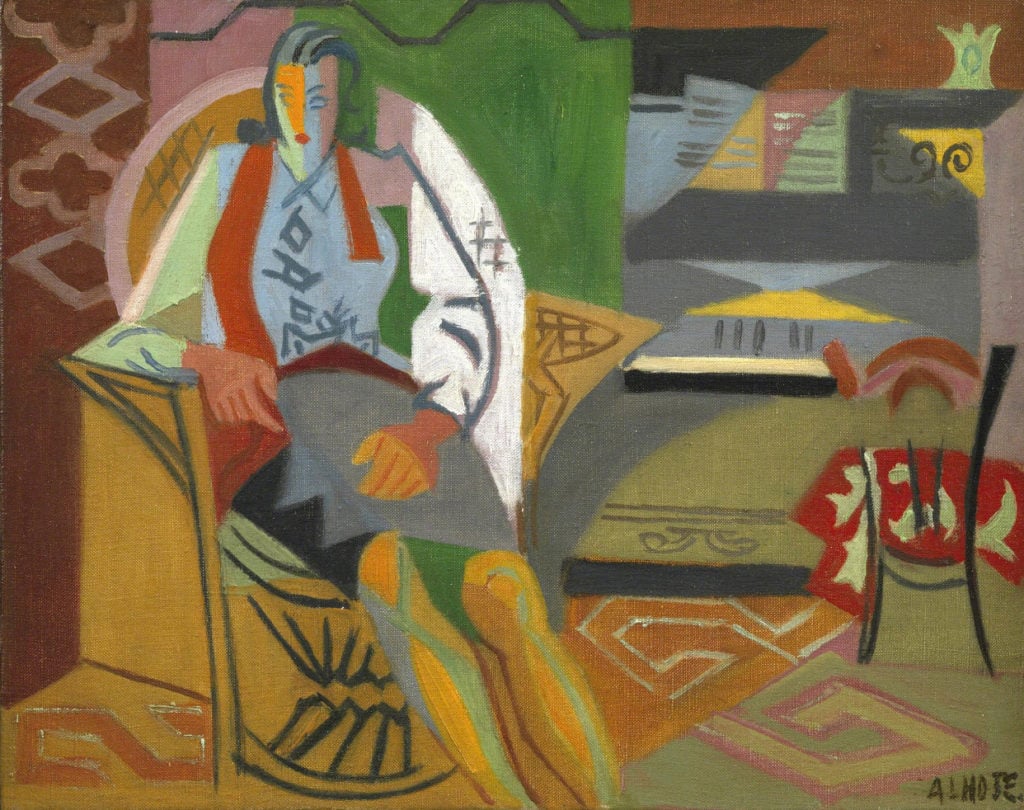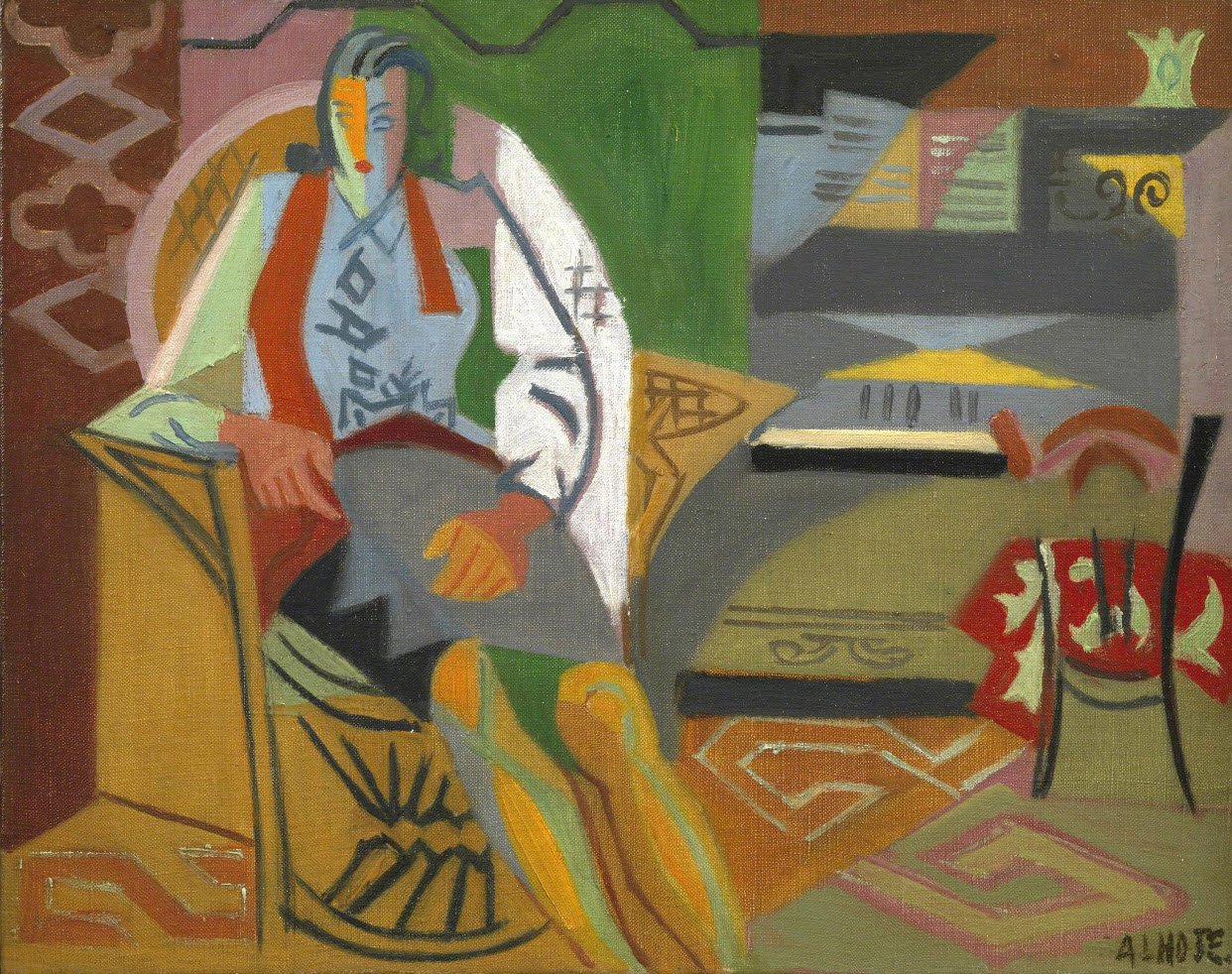


André Lhote, Portrait d’Anne en buste, 1924
André Lhote
French, (1885–1962)
Waterhouse & Dodd
In his muscular brand of Salon-style Cubism, André Lhote captured the trappings of Parisian modern life—nudes, athletes, café society, and bustling street scenes—in stately geometric compositions.
Originally working in a Gauguin-influenced Fauvist style, Lhote embraced Cubism in 1911. He worked and exhibited alongside Robert Delaunay, Albert Gleizes, Fernand Léger, Jean Metzinger, and Francis Picabia as a member of the Section d’Or, an artistic movement that advanced a more decorative and accessible alternative to the cerebral Cubism pioneered by Picasso and Braque.
A prolific artist, theorist, and teacher, Lhote worked and exhibited regularly from the early teens into the 1950s, pausing work only when he was drafted during World War I. “Lhote’s lifelong productivity makes for a very active and liquid market for his work today,” Ray Waterhouse, co-founder of modern and contemporary stalwart Waterhouse & Dodd, explained to artnet News. “There are several works by Lhote on the market at any given time,” he said. “However, those painted before 1930 are increasingly difficult to come by.”
Lhote’s auction record remains the 2007 Christie’s sale of La Danse au Bar—Gypsy Bar. The jaunty café scene sold for $2,729,000, including buyer’s premium, embarrassingly outperforming its $400,000 high estimate. More recently, Lhote’s Escale was purchased for $305,000 (premium included) at Christie’s Impressionist & Modern Day Sale last spring, hugging the low end of the $300,000-to-$500,000 pre-sale estimate.
According to Waterhouse, Lhote’s market still has plenty of growing room. “I believe it is still a buyer’s market,” he said. “The very best Cubist works by Lhote still fetch far less than his peers at auction, and this will not be the case forever.”
Waterhouse groups Lhote alongside Metzinger and Gleizes, so-called “second-tier” Cubists he believes are ripe for revaluation. “As Cubist works become increasingly scarce, the prices for second-tier artists who painted and exhibited alongside their more well-known peers will climb,” he said. The dealer anticipates that more Lhotes will come up for sale as older collections are dissolved, giving a new generation the chance to collect his work. “As contemporary collectors look to round out their collections with early modern masters,” he said, “Lhote’s Cubist depictions of 1920s Paris, reclining nudes, and Fauve-inspired landscapes are increasingly sought after.”
For more art market analysis, please visit artnet Analytics.





